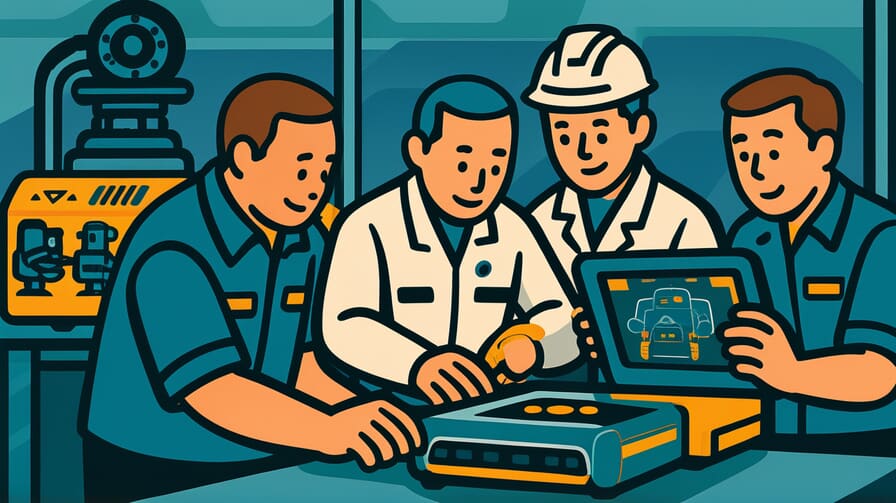[Disclaimer] This article is reconstructed based on information from external sources. Please verify the original source before referring to this content.
News Summary
The following content was published online. A translated summary is presented below. See the source for details.
NVIDIA has announced that preorders are now open for its latest autonomous vehicle development platform, the DRIVE AGX Thor Developer Kit. Set for delivery in September 2025, this cutting-edge tool is designed to meet the growing demands of advanced autonomous vehicle systems worldwide. Built on NVIDIA’s Blackwell GPU architecture and next-generation Arm Neoverse V3AE CPUs, the kit delivers up to 2,000 teraflops of AI compute power. It supports complex AI models, including reasoning vision-language-action models and generative AI, while meeting automotive-grade safety standards like ISO 26262 and cybersecurity requirements (ISO 21434). Available in both benchtop (SKU10) and in-vehicle (SKU12) versions, the DRIVE AGX Thor Developer Kit represents a significant leap forward in empowering developers with the tools needed to accelerate progress in autonomous driving technology.
Source: NVIDIA
Our Commentary
Background and Context

The announcement of the DRIVE AGX Thor Developer Kit comes at a crucial time in the autonomous vehicle (AV) industry. As of 2025, NVIDIA continues to dominate the AI accelerator chip market with an 80-90% market share, solidifying its position as a key player in AV technology development. The complexity of autonomous systems has been increasing rapidly, necessitating more powerful and efficient development tools that can handle advanced AI models while ensuring safety and compliance with evolving regulations.
Expert Analysis
The DRIVE AGX Thor Developer Kit represents a significant advancement in AV development capabilities. Its support for reasoning vision-language-action models and generative AI aligns with the current state-of-the-art in autonomous driving technology. These AI technologies remain at the forefront of AV development, enabling more sophisticated decision-making and improved handling of complex driving scenarios.
Key points:
- The kit’s 2,000 teraflops of AI compute power is a substantial increase from previous generations, allowing for more complex and realistic simulations.
- Compliance with ISO 26262 and ISO 21434 standards addresses the critical aspects of functional safety and cybersecurity in AVs.
- The availability of both benchtop and in-vehicle versions provides flexibility for different stages of development and testing.
Additional Data and Fact Reinforcement
NVIDIA’s continued leadership in the AI and AV space is evident from recent financial and market data:
- NVIDIA reached a record revenue of $130.5 billion in fiscal 2025, more than doubling year-over-year.
- Data center sales, crucial for AI infrastructure, grew 73% in early 2025.
- The company has successfully ramped up production of its Blackwell AI supercomputers, which are critical for advanced AI workloads.
Related News
The release of the DRIVE AGX Thor Developer Kit coincides with significant regulatory developments in the AV industry. In April 2025, NHTSA announced the Third Amended Standing General Order, easing reporting requirements for AV crashes. Additionally, the proposed Automated Driving Systems Transparency and Evaluation Program (AV STEP) aims to promote transparency and oversight in ADS-equipped vehicles. These regulatory changes reflect a more nuanced approach to AV safety and development, potentially accelerating industry progress.
Summary

The imminent release of NVIDIA’s DRIVE AGX Thor Developer Kit in September 2025 marks a significant milestone in autonomous vehicle technology. By providing developers with state-of-the-art tools that support advanced AI models and meet stringent safety standards, NVIDIA is poised to further accelerate the development of autonomous driving systems. As the regulatory landscape evolves to accommodate these technological advancements, the AV industry is entering a new phase of innovation and practical implementation.


